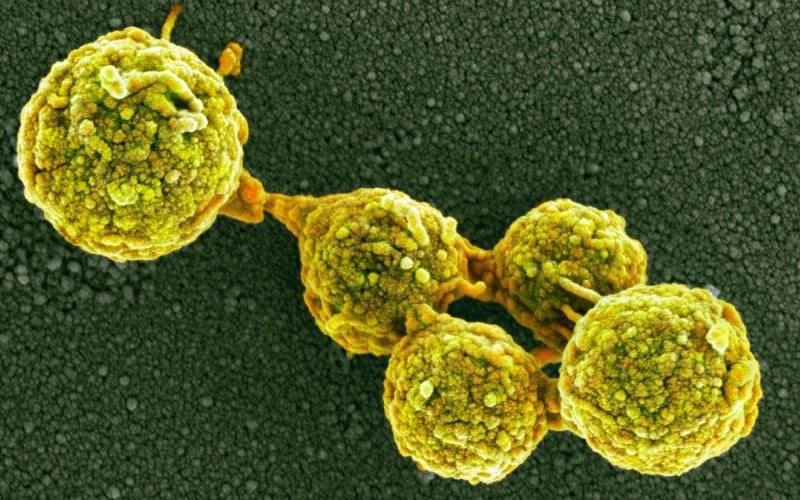All the key barriers to the artificial synthesis of viruses and bacteria have been overcome, at least on a proof-of-principle basis.
In 2002, researchers at SUNY Stony Brook made a living polio virus, constructed from its genetic code. Three years later, scientists worried about pandemic influenza decided to re-create the devastating 1918 Spanish flu virus for research purposes, identifying key elements of the viral genes that gave that virus the ability to kill at least 50 million people in less than two years. What all this means is that the dual-use dilemma–work that could have both beneficial and dangerous consequences — is now emerging with special force in contemporary biology.
Now that synthetic biology is here to stay, the challenge is how to ensure that future generations see its emergence as more boon than bane.
Read the full, original story here: Biology’s Brave New World
Additional Resources:
-
“Dutch court affirms limit on publishing H5N1 findings,”
Center for Infectious Disease Research and Policy - “Why Synthetic Biology Is the Field of the Future,” NOVA































